Judge Character Letter Template for Legal Use
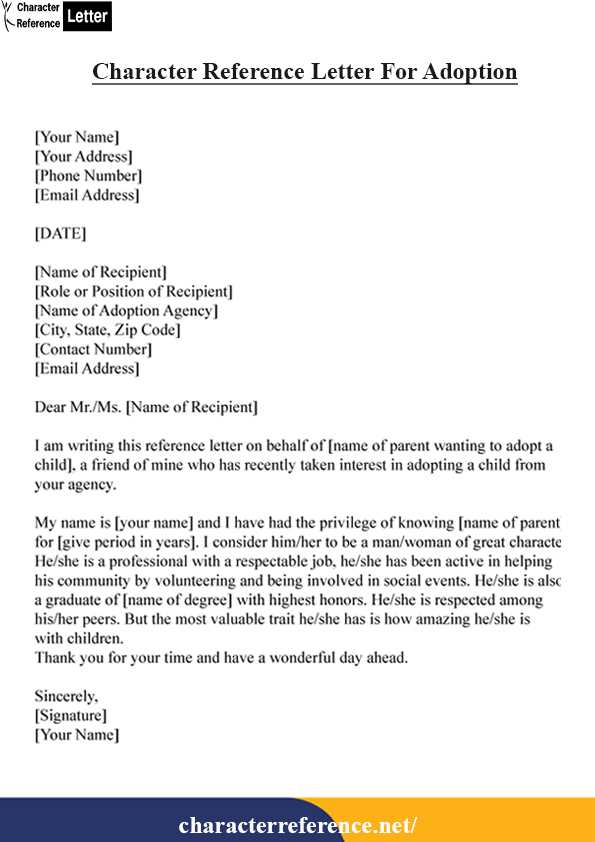
Overview of Professional Correspondence
In legal proceedings, presenting a thoughtful and structured piece of written communication can have a significant impact. This form of correspondence often plays a role in influencing decisions, as it highlights the writer’s perspective on the individual in question. Crafting this type of message requires clarity, respect, and a direct focus on key qualities that support the individual involved in the case. The following outlines a guide to help create an effective and impactful document for such occasions.
Essential Components of a Persuasive Document
Introduction of the Writer
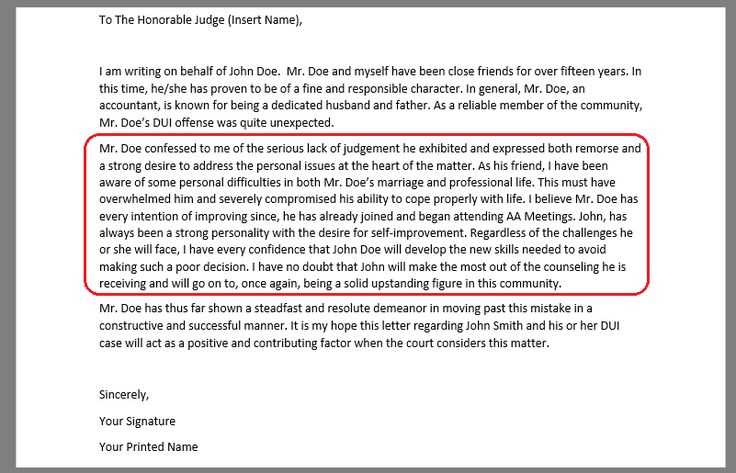
Begin by introducing yourself, mentioning how you know the individual, and your relationship with them. This establishes credibility and provides context to your observations.
Personal Qualities and Attributes
Focus on the positive traits that make the individual stand out. Include specific examples of behavior or actions that demonstrate responsibility, integrity, or other noteworthy qualities. These examples help to paint a full picture of the person’s character.
Statement of Support
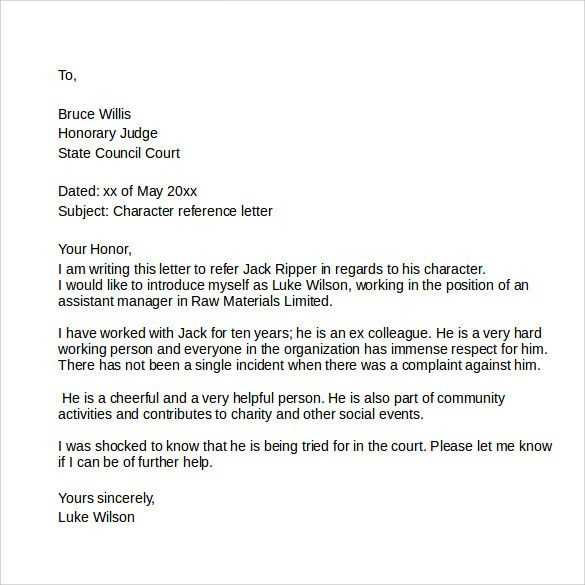
Make it clear why you are vouching for the individual. Explain why you believe they deserve favorable consideration, based on their personal qualities and actions. Your support should be grounded in real, verifiable experiences that highlight their positive impact.
Closing Remarks
Conclude with a respectful and strong statement of your continued support. Reinforce the importance of your testimony and offer any additional context that may be helpful.
Key Points to Remember
- Be sincere: Ensure your statements are genuine and not exaggerated. Authenticity is key.
- Stay focused: Keep the content relevant to the individual’s qualities and the situation at hand.
- Respect the process: Always address the court or relevant authority with formal language and tone.
- Proofread: Ensure the document is free from errors before submission.
How to Write Formal Correspondence for Court Purposes
Crafting a well-structured and meaningful document for legal matters requires a focused approach. It serves as a tool to provide insights into the individual’s personal qualities, helping the relevant authorities gain a better understanding of their character. The goal is to present a clear and persuasive message that supports the individual involved in the case. Below, we explore the key aspects of such correspondence and offer helpful tips to create an effective piece of writing.
Essential Aspects of a Persuasive Written Statement
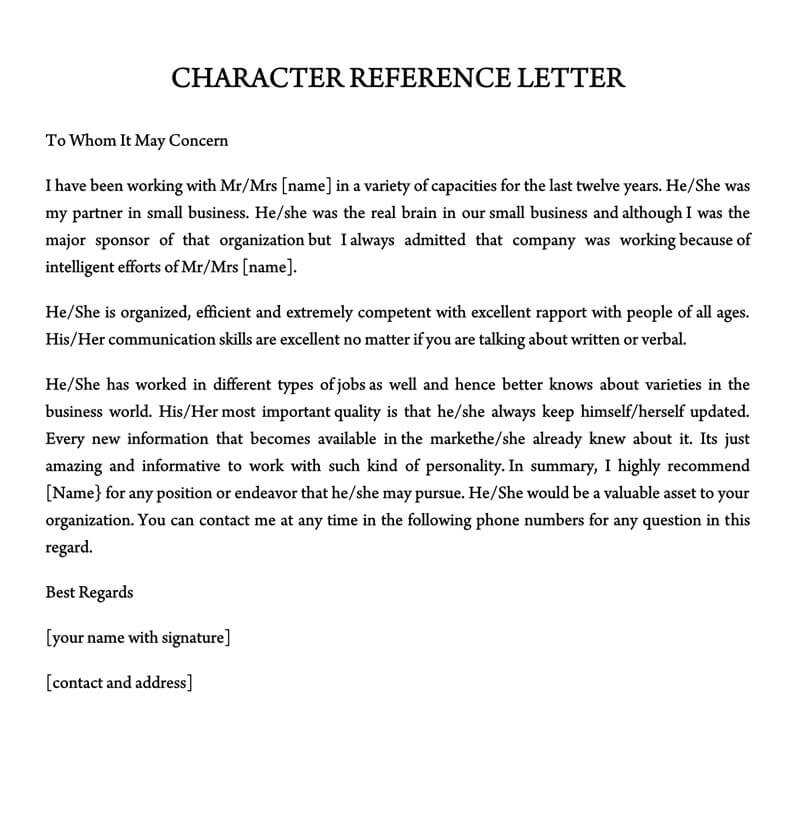
To create a compelling and respectful message, begin by introducing yourself and establishing the context of your relationship with the individual in question. Make sure to highlight positive traits and specific examples of their actions that reflect these qualities. This provides a strong foundation for your support and helps convey a fair and accurate representation of the person involved.
Important Details to Include
Be clear about the purpose of your message. Focus on demonstrating how the individual has shown responsibility, integrity, or other relevant attributes through concrete examples. These will lend credibility to your statements and strengthen the case for their positive qualities. Additionally, ensure that your tone remains formal and respectful throughout the document.
Tips for Crafting a Strong Message
- Be Specific: Provide concrete examples of the person’s actions or behavior that support your claims.
- Stay Focused: Keep the content relevant to the case and avoid unnecessary information.
- Use Clear Language: Your message should be easily understood, free from ambiguity or overly complex terms.
- Maintain Professionalism: Address the recipient with appropriate formality and respect.
Common Mistakes to Avoid
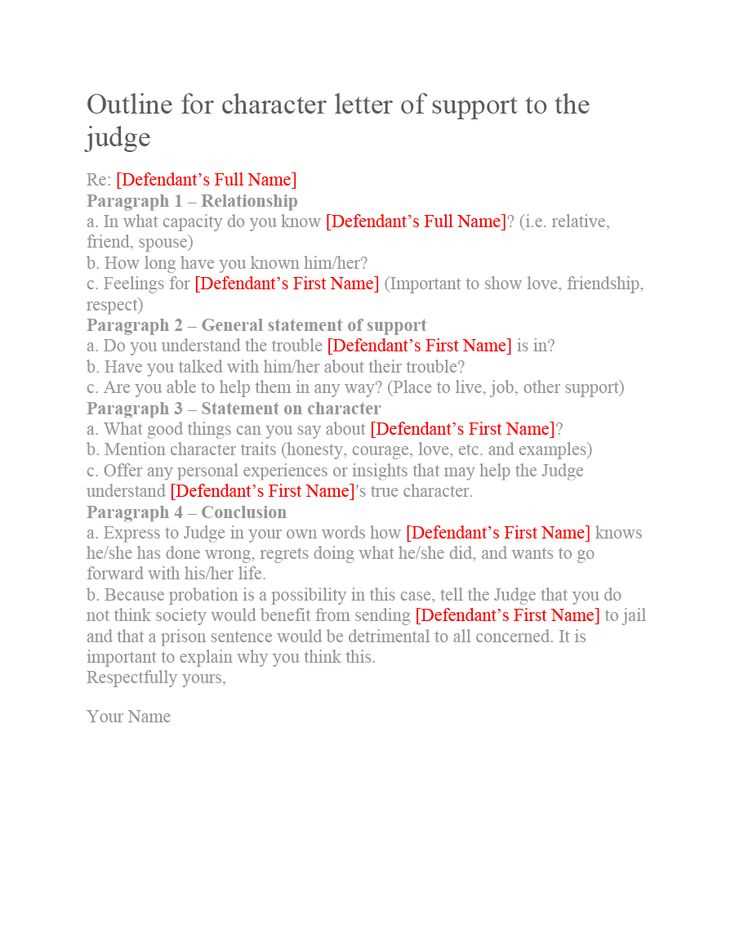
- Exaggeration: Avoid making unsubstantiated claims or overstating facts.
- Irrelevant Information: Ensure that everything you mention is related to the case at hand.
- Disrespectful Tone: Always maintain a respectful tone, even if you’re expressing support for the individual.
- Neglecting Details: Don’t overlook the importance of specifics that validate your support.
Addressing the Relevant Authorities Properly
When addressing the authorities, use formal language and titles. It is essential to demonstrate respect and professionalism throughout the correspondence. This will ensure that your message is received in the spirit it is intended and will reflect positively on your position.
Examples of Persuasive Messages
Examples of successful written statements often include clear introductions, specific examples of the individual’s positive traits, and a strong, respectful conclusion. These documents are usually succinct but provide enough detail to make a convincing case. Looking at examples can help guide your writing and ensure you don’t miss essential components.